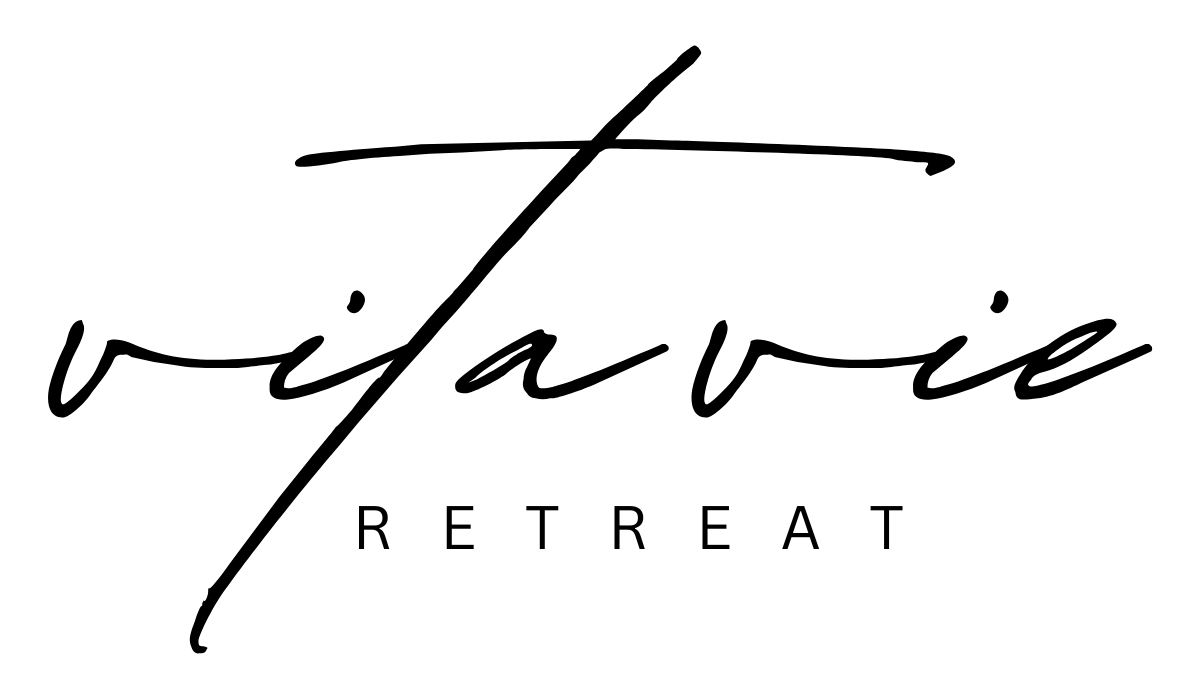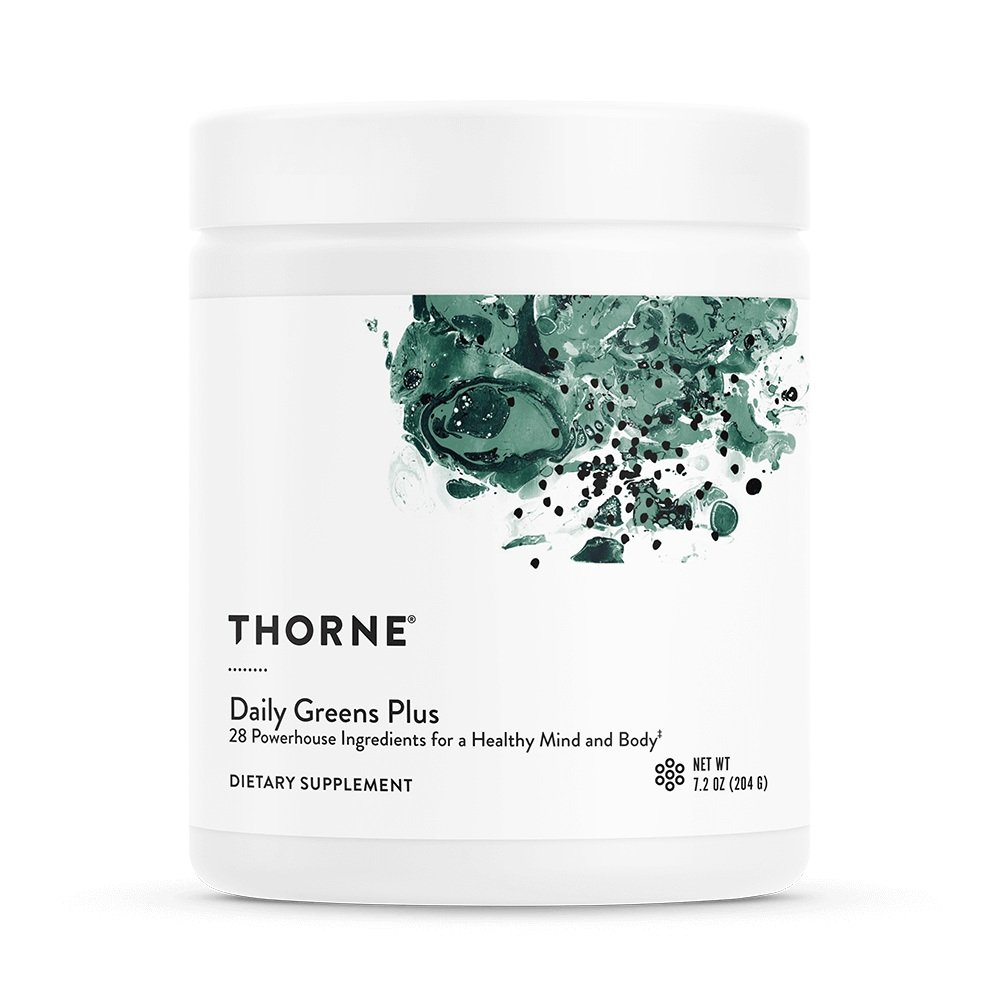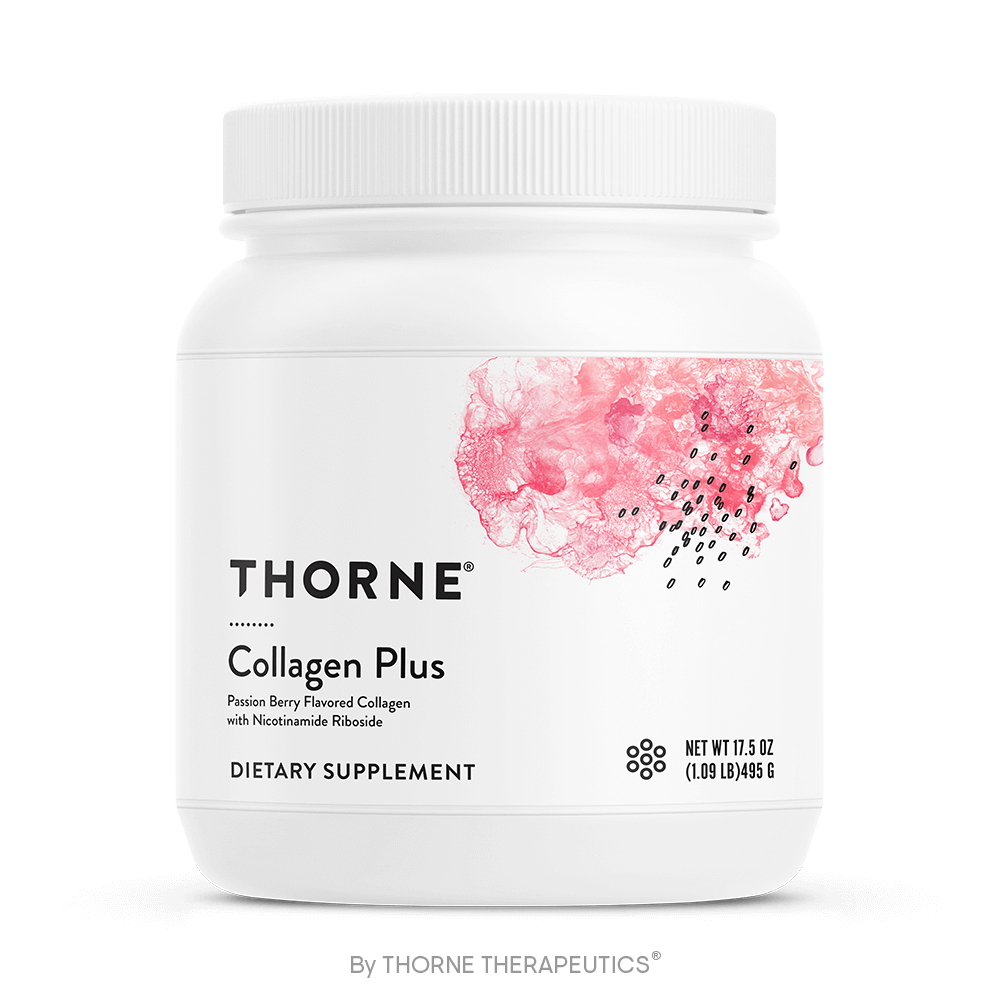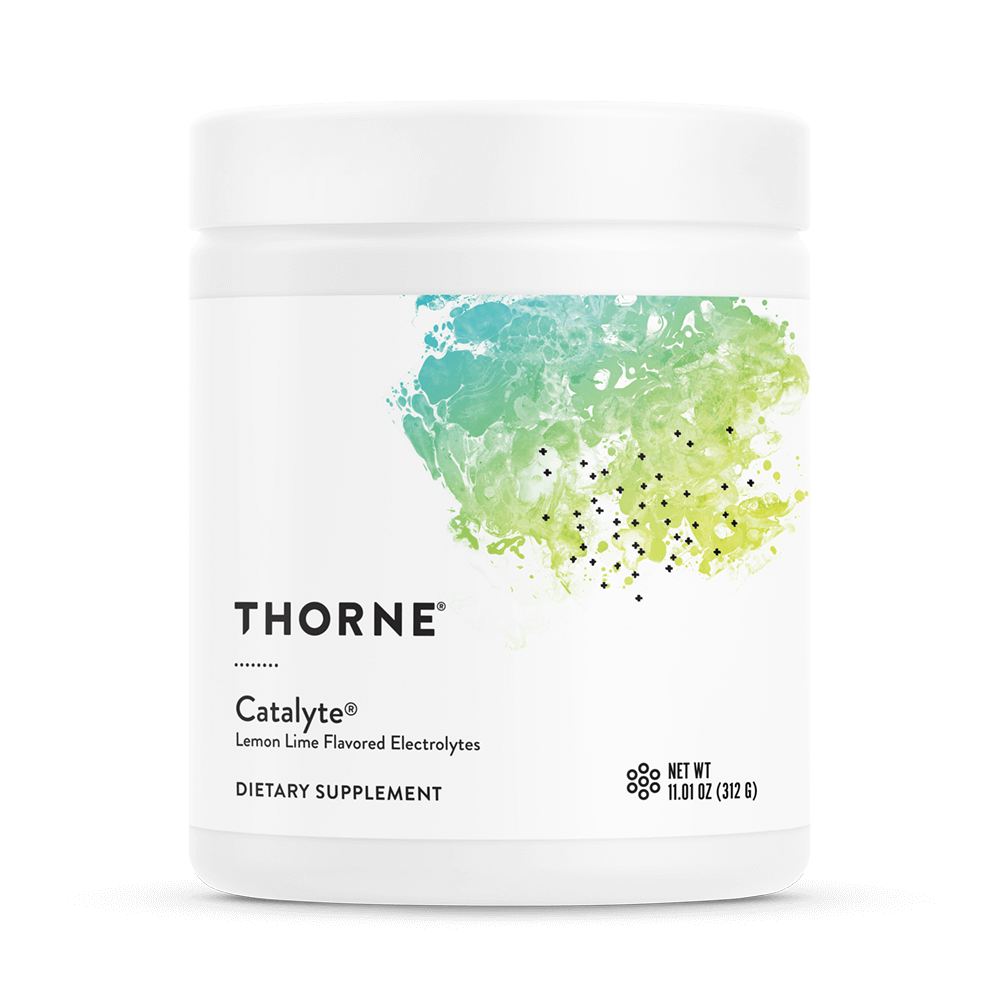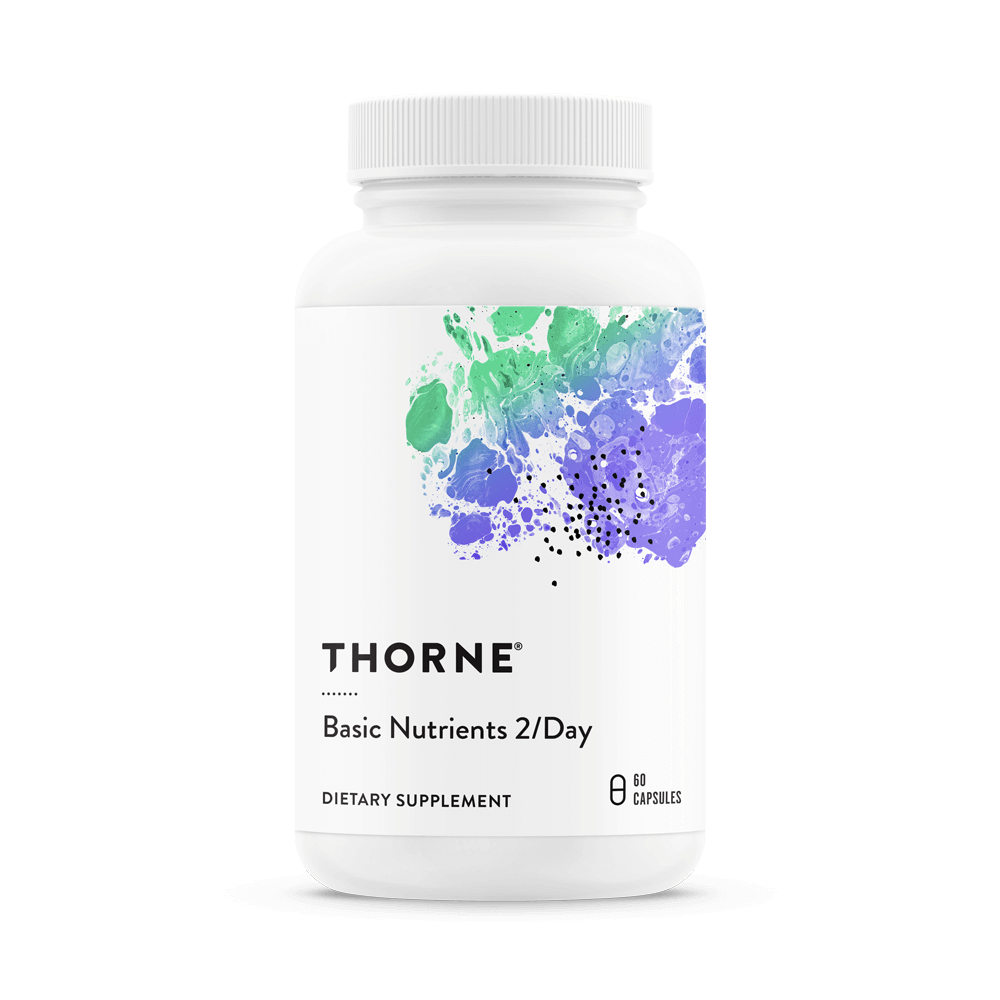AT HOME Core Circuit
/The Benefits of a Strong Core
By now, you probably know that maintaining a healthy and strong core is one of the best things you can do for your body. Your core muscles are like the powerhouse of your body, acting as the central link that connects your upper and lower body. Whether you're playing a sport, lifting groceries, or simply getting up from a chair, your core muscles are involved in almost every movement you make. A strong core doesn't just make these activities easier; it makes them safer and more efficient.
Why a Strong Core is Essential
Having a strong, healthy core is beneficial in more ways than you might realize. Here are some key reasons why you should prioritize core strength:
Enhanced Stability and Balance: Your core muscles play a crucial role in maintaining balance and stability. Whether you're standing still, walking, or engaging in dynamic movements like running or jumping, your core muscles are constantly working to keep you steady. A strong core can improve your overall stability, reducing your risk of falls and injuries.
Improved Posture: Good posture is more than just standing up straight; it's about maintaining the natural curves of your spine. A strong core helps support your spine and pelvis, allowing you to maintain proper alignment. This can alleviate back pain, reduce strain on your muscles, and even improve your breathing.
Injury Prevention: A weak core can lead to overcompensation by other muscle groups, increasing your risk of injury. Strengthening your core can help protect your lower back by providing better support for your spine. It also helps to distribute the workload more evenly throughout your body, reducing the strain on any single muscle group.
Better Athletic Performance: Whether you're an athlete or just enjoy staying active, a strong core can enhance your performance. It allows you to generate more power and efficiency in your movements, whether you're swinging a bat, kicking a ball, or swimming laps. Many sports require a strong core for twisting, bending, and other dynamic movements, making it essential for optimal performance.
Support for Daily Activities: From lifting a child to carrying groceries or even just getting up from a chair, your core muscles are involved in almost every movement you make throughout the day. A strong core makes these tasks easier and reduces the risk of injury, particularly to your back.
Protection for Internal Organs: Beyond movement, your abdominal muscles also serve as a protective barrier for your internal organs. A strong abdominal wall can help safeguard vital organs from injury and provide support for your body's internal functions.
Core Workouts: Getting the Most Bang for Your Buck
Given the importance of a strong core, we've put together a simple yet effective core workout that you can do in 30 minutes or less. These exercises target not just your abs, but also your back, hips, and other key muscle groups that make up your core. The workout is designed to be accessible for all fitness levels, with modifications to suit beginners and challenges for those looking to push themselves.
The Workout
This workout is straightforward and easy to follow, making it an excellent starting point for anyone looking to build core strength. Remember, the key to any workout is consistency, so aim to incorporate this routine into your regular fitness regimen.
Fitness Level Suggestions:
Beginner: 20-30 Seconds Each Movement
Intermediate: 30-45 Seconds Each Movement
Advanced: 45 Seconds-2 Minutes Each Movement
How to Perform the Workout:
Warm-Up: Start with a 3-5 minute warm-up to get your body ready. Walking, jogging, foam rolling, or dynamic stretching are all great options.
Circuit Movements: Complete the following exercises as a circuit, moving from one exercise to the next with minimal rest. Aim to complete 2-4 full circuits depending on your fitness level and available time.
Plank: Hold for 45 seconds. If you're more advanced, try alternating leg raises.
Side Plank (Right Side): Hold for 45 seconds on your forearm or hand.
Side Plank (Left Side): Hold for 45 seconds on your forearm or hand.
Bridge: Hold for 45 seconds. Advanced exercisers can alternate leg raises.
Double Leg Lowers: Perform this lying on your back for 45 seconds.
Full Sit-Ups: Do these for 45 seconds. If you have back issues or need a modification, opt for crunches instead.
Break: Rest for 30 seconds to 1 minute before starting the next circuit.
Cool Down: After completing your circuits, take 3-5 minutes to cool down. You can use the same methods as your warm-up, such as walking, jogging, or foam rolling. You may also add some static stretching to help your muscles relax and recover.
A strong core is more than just having defined abs—it's about building the foundation for a healthier, more capable body. By incorporating core exercises into your regular workout routine, you'll improve your overall fitness, reduce your risk of injury, and enhance your daily life. Start with the workout above and gradually increase your intensity as your core strength improves. Your body will thank you!
WE’RE TAKING THE GUESSWORK OUT OF YOUR WORKOUTS
Up-level your fitness routine with our complete Resistance Band Workout Guide! This expertly crafted digital guide is perfect for anyone looking to incorporate resistance bands into their training regimen, offering convenience, versatility, and effectiveness.
All crafted by a certified personal trainer.
What's Included:
30 Resistance Band Workouts:
13 Full Body Workouts
6 Upper Body Workouts
6 Lower Body Workouts
5 Core Workouts
Video Instructions
Full Workout Library
Do's and Don'ts Guide
Build Your Own Workout Tips
Sample Weekly Workout Structure
Sample Week of Workouts
14 Fillable PDF Workout Builders
3 Fillable Monthly Planners
GET STARTED: THE RESISTANCE BAND GUIDE WITH 30 WORKOUTS
